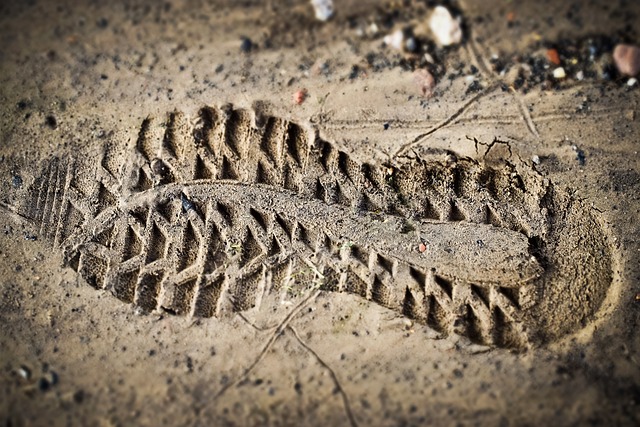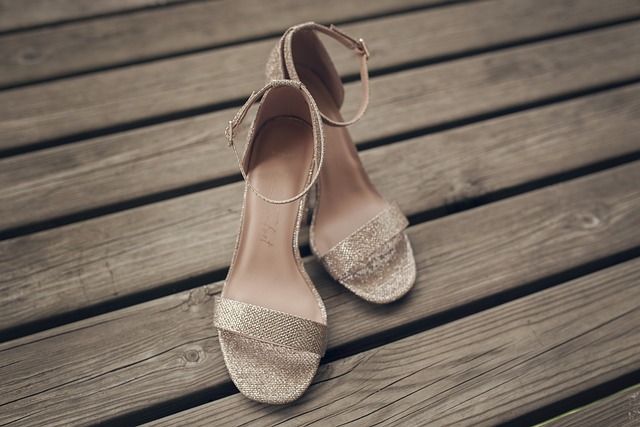The Fascinating Evolution of Shoes: A Fashionable Journey Through History
As we stroll through the bustling streets of modern cities, it’s easy to overlook the rich and diverse shoe history that has shaped our choices of footwear today. From the rudimentary sandals of ancient civilizations to the avant-garde designs gracing high-fashion runways, shoes have always been a reflection of cultural trends, social statuses, and, of course, personal style.
In ancient Egypt, shoes weren’t just practical; they were a status symbol. The wealthy adorned their feet with intricate sandals made from papyrus and leather, while the commoners often went barefoot or wore simple, flat footwear. As civilizations evolved, so did the concept of shoes, weaving utility and artistry into each design. The Romans went a step further by creating more elaborate footwear like the famous sandal of the gladiators, which not only provided comfort but also showcased wealth and power.
Fast forward to the Middle Ages, and shoes took on a whole new identity. The pointed “poulaines” became a popular trend, as men and women alike competed for the length of their shoe toes. This ridiculous fashion soon prompted the need for rulers to legislate the length of shoes, as excessive toe lengths began to signify social hierarchy. The shoe’s shapes began to diversify, mirroring the complex sartorial choices of the time, highlighting how fashion can be intertwined with politics and societal norms.
The Renaissance marked a further shift in shoe design. With the addition of heels came a new narrative. High heels initially made their debut in men’s fashion, promoting a sense of dominance in how the wealthy presented themselves. However, as history progressed, heels became feminized, culminating in elaborate designs that celebrated femininity and allure. The enduring power of high fashion became evident as heels became synonymous with elegance, drawing eyes and admiration.
As the industrial revolution took root, shoes became more accessible, thanks to advances in manufacturing processes. This era saw the birth of sneakers, initially designed for athletic endeavors but quickly adopted by the mainstream as symbols of rebellion and comfort. In the 20th century, footwear brands began to capitalize on the booming fashion market. The juxtaposition of utilitarian design with creative flair birthed iconic styles: think Chuck Taylors and stilettos, each telling its own story within the larger tapestry of shoe history.
Today, footwear continues to evolve, reflecting our changing values around comfort, sustainability, and expression. From eco-friendly materials to experimental designs that seem to defy gravity, shoes are no longer just an afterthought in our wardrobes; they have become integral elements of personal expression, standing at the intersection of practicality and creativity.
As we lace up our shoes, it’s worth taking a moment to appreciate the journey they represent. Each pair of shoes carries the threads of history, culture, and fashion, connecting us to the past while allowing us a canvas to express our unique identities in the present. So next time you slip on your favorite pair, remember, you’re not just wearing a piece of footwear; you’re donning a conversation between history and contemporary style.




